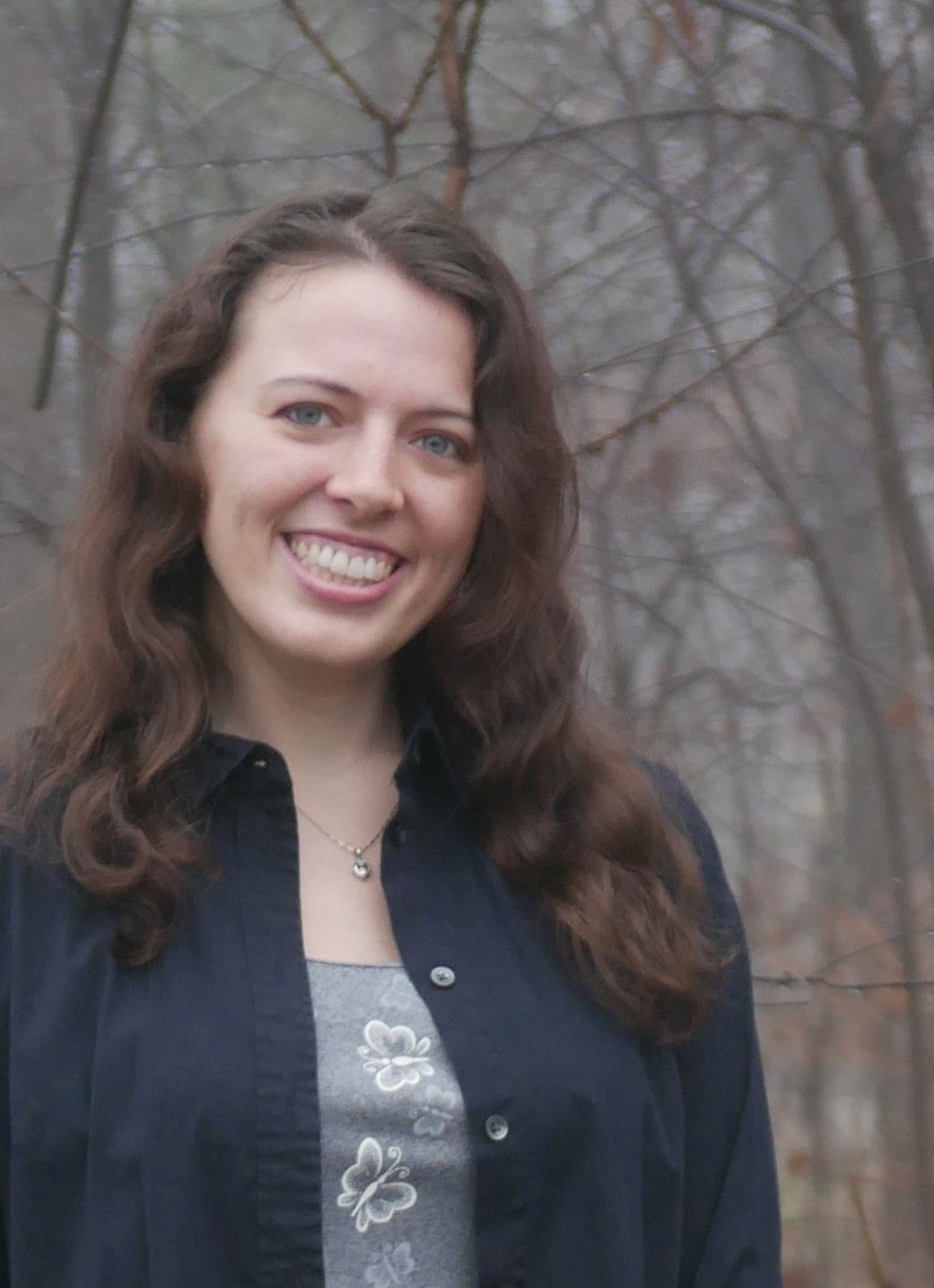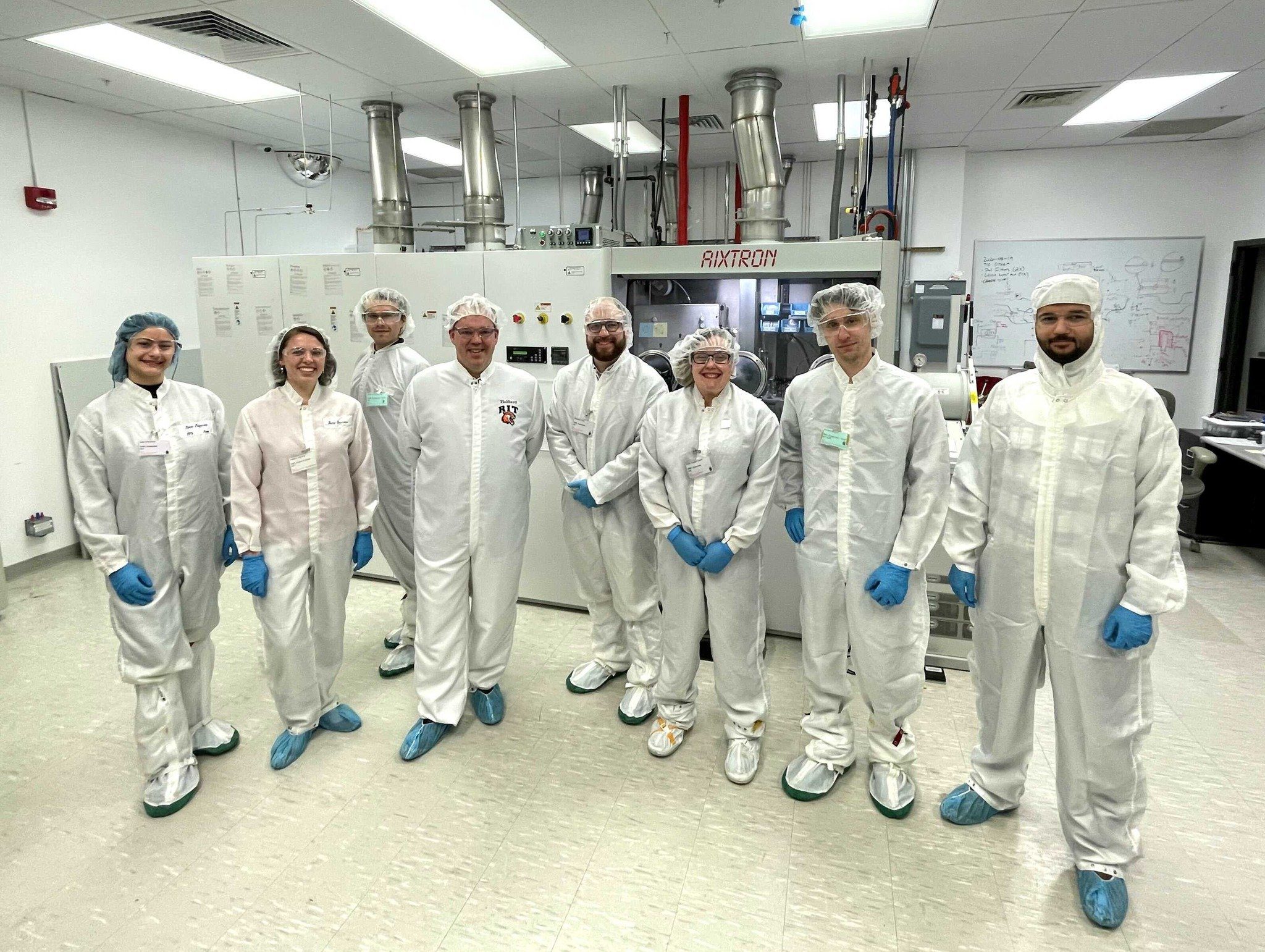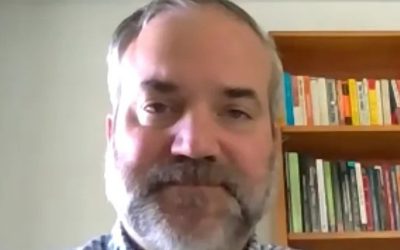Fleming is also earning her PhD in microsystems engineering
February 2023 – Katelynn Fleming C’21 has gone on to big things since graduating from Drew University. How big? Outer space big.
After earning majors in physics (BS) and Spanish and a minor in mathematics, Fleming enrolled at the Rochester Institute of Technology where she is currently in year two of a five-year microsystems engineering PhD program.
Enlarge

Photo by: Cameron Donnelly C'20
She didn’t stop there.
In 2022, Fleming was one of 49 graduate students in the U.S. to be selected to NASA’s Space Technology Graduate Research program, which sponsors graduate students interested in creating new space technologies and provides them with an opportunity to perform space technology research on their campus and at NASA centers across the country.
“This is an exciting opportunity for me to form connections, gather information for directing my career path, use NASA’s equipment for my research, and learn from the vast experience of their scientists and engineers,” said Fleming.
Over the next four years, Fleming will design and build laser power converters—which allow power transmission through the air or open space via laser—for lunar exploration.
“Think of a solar cell, which creates electricity out of sunlight” she explained. “When a photon hits the solar cell, it gives energy to an electron around an atom, freeing the electron so that it can travel through the device into the attached wires, creating an electrical current. A laser power converter does the exact same thing except that since the photons come from a laser rather than the sun, they are all the same wavelength. This allows us to know quite precisely what energy each photon can transmit, and engineer a material to convert that wavelength to electricity exceptionally efficiently.”
Fleming’s laser power converters could allow for NASA to send rovers into permanently dark craters on the lunar poles to look for ice and send back images via the same laser power beaming system. The ability to find this water is a prerequisite to building inhabitable bases on the moon.
Enlarge

Photo by: Dr. Julia D'Rosario
From developing strong communications skills to write a compelling and well-researched proposal, to gaining hands-on research experience that lowered the barrier-to-entry into selective programs like NASA’s, to imbuing a love for physics, Fleming’s time at Drew has been a launchpad built in part by strong mentors.
James Supplee, professor of physics, was the one to convince Fleming that physics was for her, thanks to his “boundless enthusiasm and passion for how the universe works.” Out-of-the-box examples of physics at work (or not) proved memorable, from shattering a heavy sand-filled tape dispenser, demonstrating that all objects fall at the same rate, to holding one end of a rope and asking a student to hold the opposite and use the rope to push him (“which of course is impossible”), illustrating that tension’s direction is always aligned with the object doing the pulling, and therefore cannot be used to push.
“Not only were his lectures engaging and interesting, but they were extremely visual and accessible to various learning styles, taking advantage of the best teaching method for each concept,” said Fleming. “Even though I didn’t have much experience in physics and had some impostor syndrome, Professor Supplee made me believe I could do it, and in large part, that is why I am here today.”
The connection of a Spanish degree to doing space technology research? Different perspectives mixed with analytical and communication skills.
“To study language is to interpret the external world more deeply than a stream of consciousness, to find the patterns, identify the pretenses in yourself and others, and draw on your own conclusions rather than taking the opinions that people expostulate at face value,” explained Fleming. “I thought I knew how to write when I got to Drew, but Professor (Raul) Rosales didn’t give up on my improvement because it was passable. His feedback was always helpful, targeted, and there, pushing me to keep growing past the next threshold, because there is always more to learn.”
With Fleming trained to strive to explore beyond a given threshold, it’s no wonder she has her goals (and research) set for a course beyond planet Earth.


